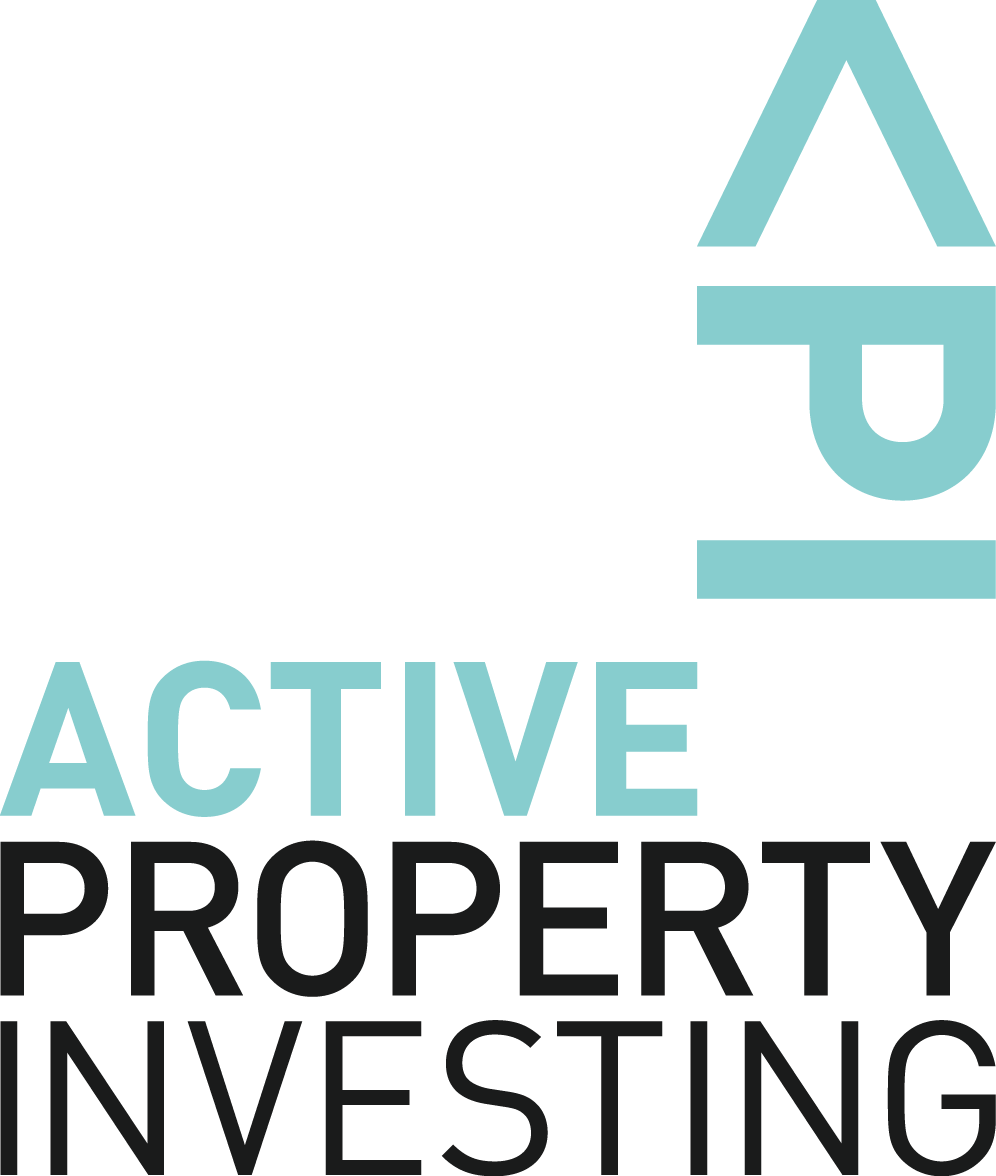While the price of virtually everything has gone up in the last 12 months, no industry has been hit quite as hard as construction.
Since the onset of the pandemic, building costs have been increasing and now, building the average home costs around $473,000, according to the ABS (April 2022; including houses and unit data).
That’s the price of the average home: if you wish to build a property with higher-end specs, a double-story floor plan or a larger or bespoke layout, you could be looking at a significantly higher price.
When you then factor in the horror stories that are circulating about over-budget projects and the fact that a number of high-profile builders are going bust, and it’s no wonder people are becoming afraid of building and construction altogether.
With so much uncertainty, it’s natural to be cautious. But it’s not wise to let fear and caution stand in the way of making smart, strategic decisions about your financial future.
Addressing construction fears head-on
One of the biggest concerns investors are facing at the moment is around choosing a builder and building a property to generate long-term returns, without going over budget.
When I’m working with my clients to talk through challenges and make sound decisions that make the most sense long-term, I always look for ways to remove emotions and ground the discussion in facts and figures.
With that point of view, there are a number of reasons why investing in the construction of a new property could make a lot of sense, even in the current environment. Here are just a few facts and trends I’ve pulled together to demonstrate the value of building:
- More than 1.7 million new households are expected to form across Australia between now and 2032, according to the NHFIC. This means the number of homes we require in Australia is set to grow, both now and in the future.
- Demand for more property hasn’t disappeared. In fact, there still isn’t enough supply to meet demand – an issue that is expected to persist for the next decade at least.
- People and families are seeking more space and trends show we’re also seeing increasing demand for larger dwellings.
- We also have a gap in our workforce and rely on migration to fill it, which will place further pressure on demand for housing.
- Add to this the pressure on rental properties and rising rents, and it’s clear that we still need to keep building to accommodate our growing cities.
With around one-third of all Australians renting their home, investors are on track to provide over half a million new homes to the population over the next 10 years. As an investor, successfully building a new home is very achievable, but owners need to be realistic and prepared for the journey ahead.
Things to look for when selecting a builder:
- Realistic pricing – Buyers need to be careful of selecting a builder purely based on the lowest pricing. Recent issues with builders’ insolvencies have eventuated because they undertook too many projects at fixed prices, which didn’t cover the rising cost of materials and labour. Pricing closer to when your land is ready is much more accurate. In this environment, builders who undertake projects with realistic quotes are the ones who have stable operations.
- Know what you’re getting for your money – Even if a build package refers to being ‘turn-key’ what does that mean? Ensure clarity on what is included in your build package, including fixtures and fittings, additions, or upgrades. Things like ceiling heights, heating and cooling, water taps, gas connections and tile finishes should be considered. Be mindful of the floor plans and size of the bedrooms, too, as it’s difficult to tenant small rooms.
- Quality – As an investor, you want to find a balance between good quality and durability and cost. Most important is that you provide what is most desirable for tenants; for example, a dishwasher may be more valuable than a garden shed? Quality also refers to structural integrity; with a new build, there are independent building inspectors you can engage to check at key points during construction, where most structural issues can be identified and rectified before the aesthetics are in place.
- Track record – This is beyond just the construction itself. The selection of your floor plan and package is just the beginning, so find out as much as you can about how the builder operates during the construction phase, access to trades, and how they deal with difficult situations. It’s beneficial to have a builder that has prompt and consistent communications with you during the sale, construction, and post settlement phases; and one with a good track record for fixing and attending to defects.
It’s been quite the year in the space of newly constructed properties and at API, we’ve invested a lot of time into navigating a minefield of changes and challenges on behalf of our clients. It’s often difficult for new buyers to work out what is reasonable and what is not, whereas we have “boots on the ground” every day, so we’re across the latest trends and issues.
If you’d like to move forward with building an investment property, or your builder went into administration and you have committed to land but you no longer have a builder to complete your project, we’re pleased to offer support in this space. We can give you access to ongoing support throughout the process, from the very beginning to project completion of your project. Contact us for a complimentary consultation today.

